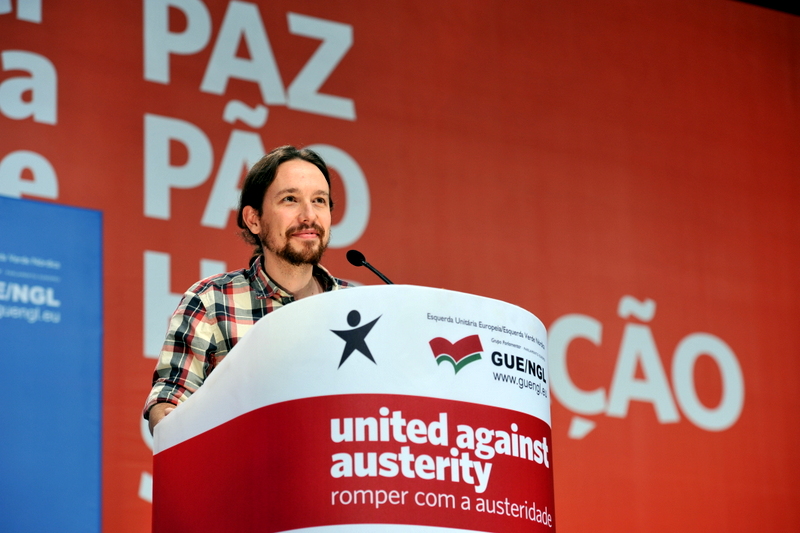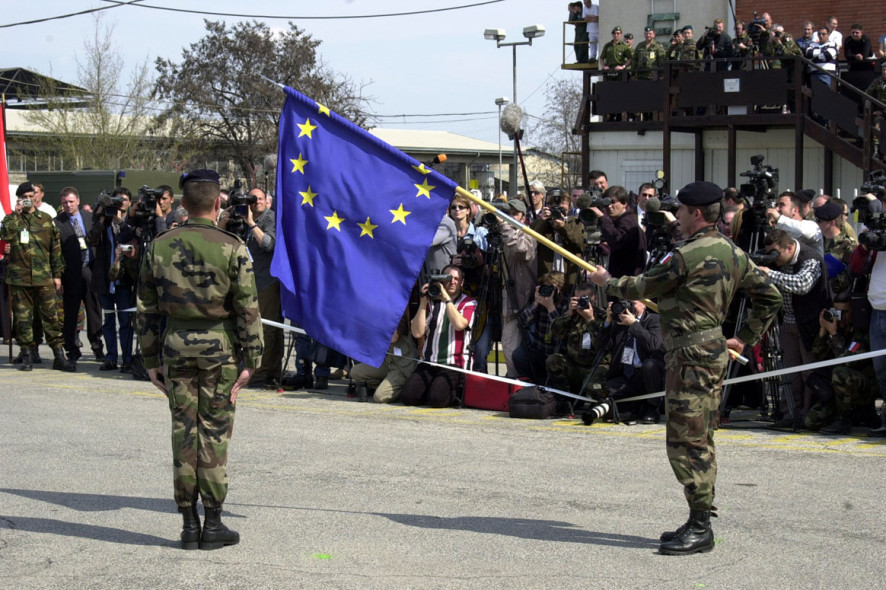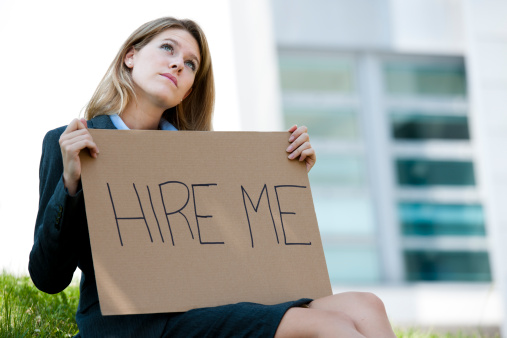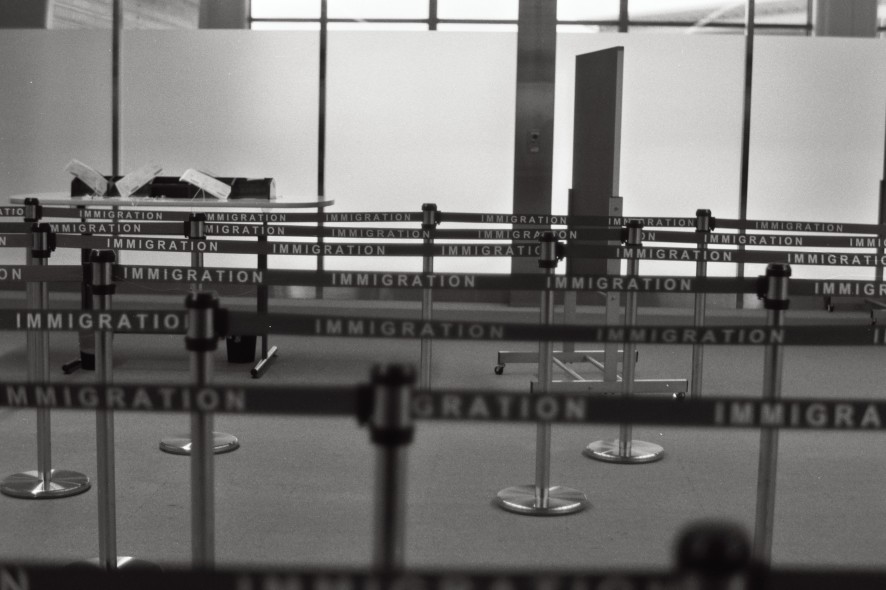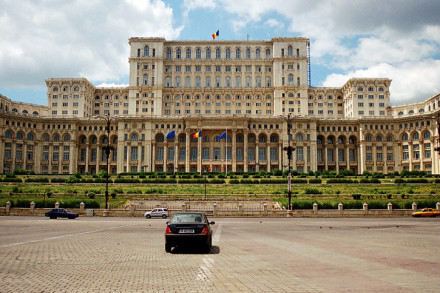by Louise Bicknese
A safe and almost infallible way of banking and storing data: sounds great, doesn’t it? As it turns out, this kind of technology may be closer than we think. Blockchain, the technology behind the online currency ‘bitcoin’, is extremely hard to cheat. The numerous applications are potentially revolutionary; even chief economist Andrew Haldane of the Bank of England is enthusiastic and looks to this technology for a possible digital currency. The NASDAQ stock exchange uses Blockchain technology to regulate its pre-IPO trading of private companies. And most importantly, on the 22nd of October 2015 the European Court of Justice ruled that the bitcoin should be regarded as currency – giving it the same status as the euro. So how does it work and why is it so special?
The bitcoin used to have the image of a shady, volatile currency associated with drug deals and illegal organ transplantation. However, the fact that the bitcoin is used for these activities does not mean that the technology in itself is wrong, which is what the recent ECJ-ruling shows (bitcoin can now be converted into ‘regular’ currencies without tax obligations). This means that it has the same status as the Euro, US Dollar or UK Pound.
What makes the bitcoin so safe is that all transactions are stored in a decentralized ledger. A number of transactions are grouped into one block. Before they are grouped there, the data goes through a ‘hash’ function, which encodes it. The ‘hash’ is transferred to the header of the block and once the block is finished, it is added to the blockchain. A lot of other technological stuff is happening as well, but I won’t bother you with that. The most important thing is that the blockchain contains the information of every transaction ever made. In case of an error, for example when the same money (bitcoin) is transferred twice or someone tries to transfer a number of bitcoins which that person does not have, the new block is rejected and the transaction stopped. This way, there is no space for mistakes or fraud in the blockchain. It is the most trustworthy middle man ever.
The technology of the blockchain is not restricted to financial transactions. By adding bits and pieces of information to the blocks, other data can be stored as well, thereby creating a highly reliable, public ‘database’. The advantages are huge. Think for example of land registries, where in all too many countries there are disputes because pieces of land are registered to more than one owner. Blockchain technology makes this impossible and allows everyone at any time to check the database. Honduras, for example, has asked the American start-up Factom to use blockchains to map its country, and Greece is looking into the possibilities too.
As a matter of fact, start-ups using blockchain technology are popping up like daisies. Blockchain identification is possible thanks to companies such as OneName and Bitnation, and you can even get your own World Citizenship Passport. Ethereum is a decentralized platform to ‘build’ your own application based on blockchain technology, rendering it incapable of being censored or interfered with. Its subtitle is ‘Ethereum is how the internet was supposed to work’. Lastly, blockchain technology may be used to develop a safe method of online voting.
Of course, this technology is not completely infallible. For example, in order to keep the blockchain the way it is, the ‘mining nodes’ (which put a transaction into a block) are programmed to look for the longest way possible to get there. Because of the thousands of transactions already happening, one transaction takes hours. This would worsen if blockchain technology was to become more commonly used. Secondly, even though blockchains are incredibly hard to tamper with, this does not mean that it is impossible. Again, the technicalities are too complicated to explain here, but there will be one way or another in which the system can be manipulated. The consequences of the lack of control over this system have been demonstrated by already two kidnapping cases whose ransoms were to be paid in (the untraceable) bitcoin. However, the possibilities are so vast, that the technology should not be held back by these critiques.
The inventor of the blockchain technology, Satoshi Nakamoto, has vanished. Nobody knows who or where he is, but maybe this suits the technology that does not need a central authority. Blockchain is above all a public instrument, free from governments, churches or other control. Whether this is a good thing or not can be debated, but it certainly opens up a whole range of potential applications. What do you think: is blockchain the future?
For further reading on blockchain technology, I’d recommend the ‘Briefing: Bitcoin and blockchains’ in the Economist of Oct. 31st (pp. 21-24). To mess around with the technology yourself, see www.blockchain.info and www.blockchain.info/wallet.
Image by BTC Keychain, taken from flickr


